Thirty years ago my dad acquired a Rolleiflex 2.8F which had been part of a large government scientific project, but because it had been bought with external funds, his division didn’t want it after the project ended, so he got to keep it. After using it to make the above image at East Rennell, Solomon Islands (and another below) he gave it to me. I had it for two and a half joyous years before it was stolen in a house break in. The thieves kicked in the deadlocked, timber back door of the house while we were out, took the VCR, the Rolleiflex, and a couple of early model Nikonos cameras, and completely ignored a Nikon F801 and several perfectly decent Nikon lenses. This post showcases some of the images I made with the Rolleiflex during the brief period I had it, with a handful of observations on using it. It’s not a full-blown review of the camera, and anyway there are plenty of those about these days.
The camera had a light meter but it wasn’t working, so I took advantage of the excuse to get a Sekonic incident light meter – a wise decision in hindsight. The camera came with a close-up lens and a large brown metal clam-shell style carry case that looked like it could withstand a fair amount of abuse. The thieves didn’t take that so I still have it.
I quickly got used to the camera’s quirks (like the left-right inversion through the waist-level finder), and tried to use it on a tripod as much as possible. While I was impressed by the fabulous quality of the F2.8 Planar lens, I was unaware of just how well it ranked among the competition, even today. I certainly had no idea that the camera would hold (and indeed increase) its market value as much as it has.
Needless to say my time with that camera got me well and truly hooked on medium format, and for a long time after it was stolen I had my mind set on getting a Hasselblad, since that takes more than one lens and I wanted the option of a wide-angle for landscapes. However in the end, once I finally had the cash, I decided on a second-hand Mamiya 6MF, with all three lenses, which I still have, and still use. Another decision I have never regretted. Is there a discernible difference between the image quality of the Rollei’s widely fetishised 80mm F2.8 planar and say the Mamiya’s 75mm F3.5 lens? Well, I never had the chance to shoot them side by side with the same film (maybe someone else has?). I’ve seen a lot of people wax lyrical about the special qualities of the Rolleiflex planar lenses (and the tessars) but it’s pretty hard to distinguish the subjective from the objective (pardon the pun) in much of that talk. I suspect the planar might possibly make smoother background blur (bokeh) with close-focus shots (I have an image below that may support this assertion, but I also have images with similarly inoffensive background blur produced by the Mamiya 75mm), though neither lens can focus closer than 1m without a close-up lens. Some of my own images suggest that the planar probably has more fall-off wide open than the Mamiya 75mm.
I will say that, while the Mamiya 6 remains my favourite film camera system in so many ways, there is something indisputably romantic about Rolleiflex cameras. Maybe it’s just the iconic 1960s imagery I commonly associate with the brand, such as Federico Fellini’s La Dolce Vita and João Gilberto’s Desafinado. The ‘60s was both the heyday for the Rolleiflex and the end of the line for the twin lens reflex camera as a professional imaging tool, but it was also a historical moment that will never be repeated. It was a time of immense creativity in the better-off parts of the world. I suspect this had a bit to do with the relatively low levels of inequality back then (not counting misogyny and racism), but perhaps just as important was a comparative abundance of leisure time. The late anthropologist David Graeber opined that the ‘political class’ never want to allow what happened in the ‘60s to happen again. Too many people with time to think both critically and creatively, and then follow through with policy-changing activism. On current trends I don’t see it happening again any time soon. Either way, the images I have to show below don’t have anything particularly sixties-ish about them!
One funky factoid I can share is that Francke and Heidecke did not so much go the extra mile for their customers, as the extra millimetre. My Rolleiflex images measure 57x57mm in size, while Mamiya 6 and Hasselblad images are 56×56. That translates to a whole extra 1.13 cm2 of image area! Bonus!
Below I provide some images made by the Rolleiflex (the first by my dad – he also shot the image at the top of the article) with comments about each. They were all shot between late 1992 and early 1995. For some images I kept hard copy notes of shooting data.
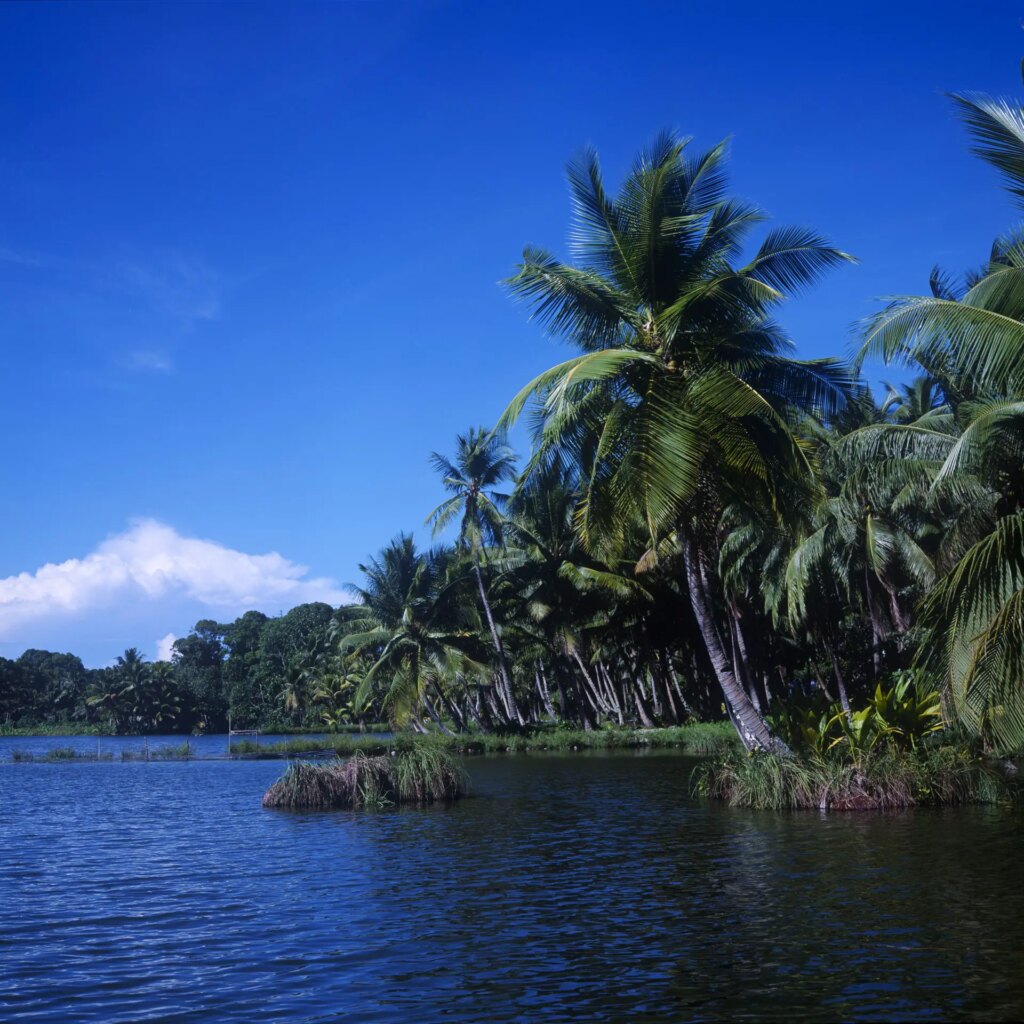
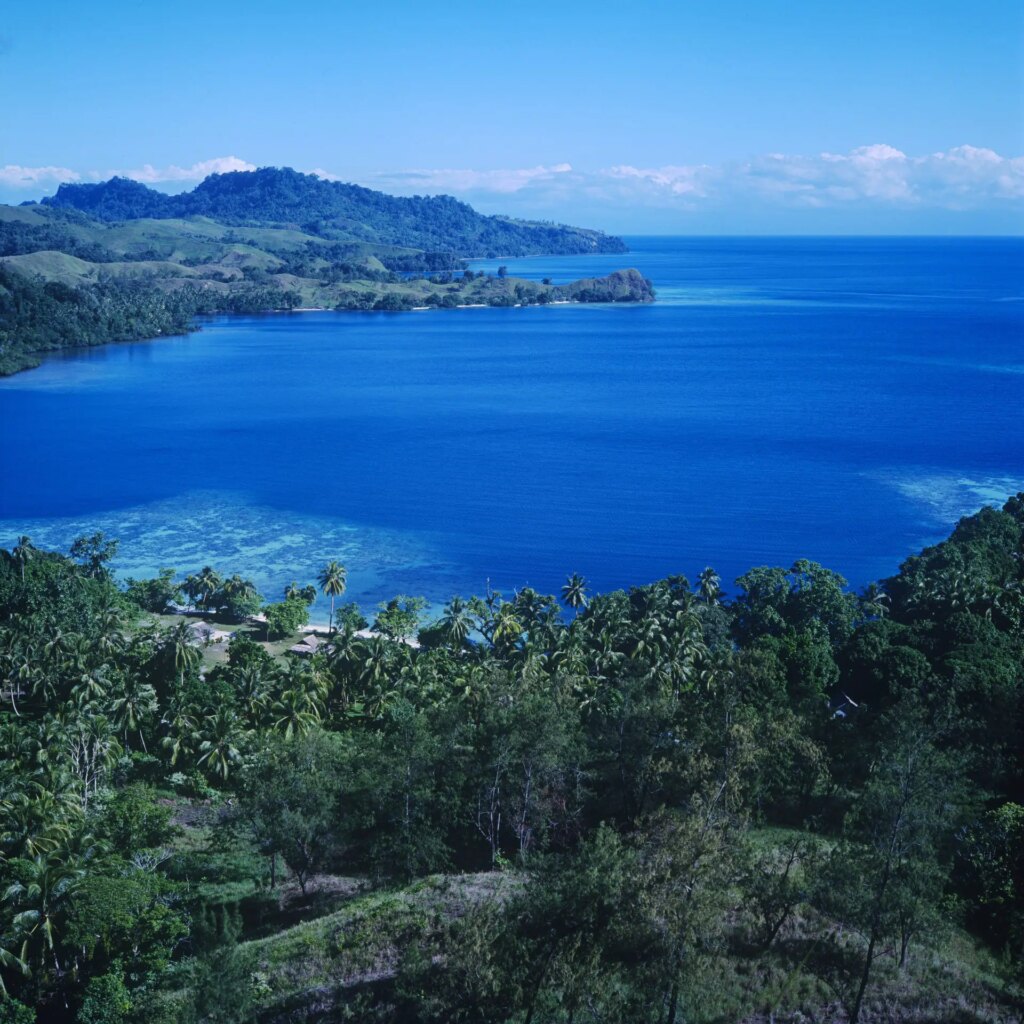
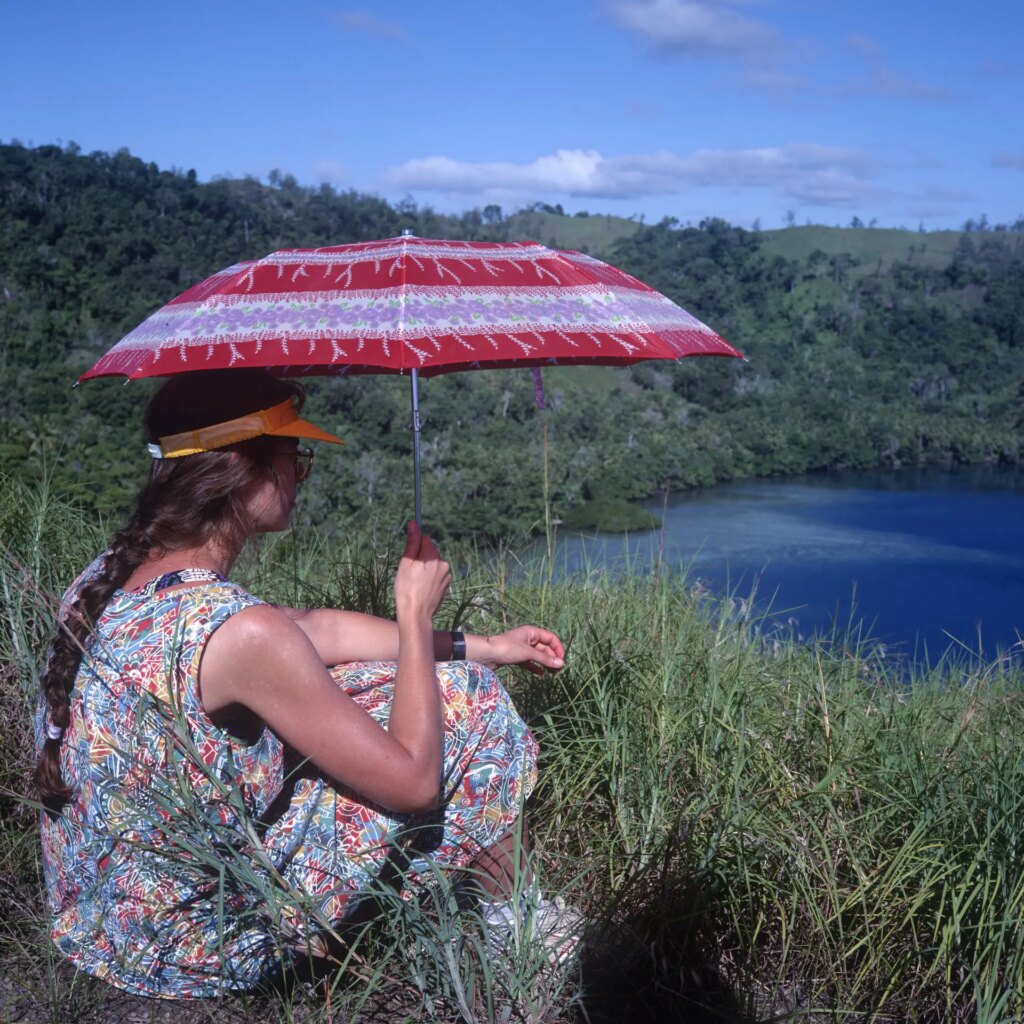
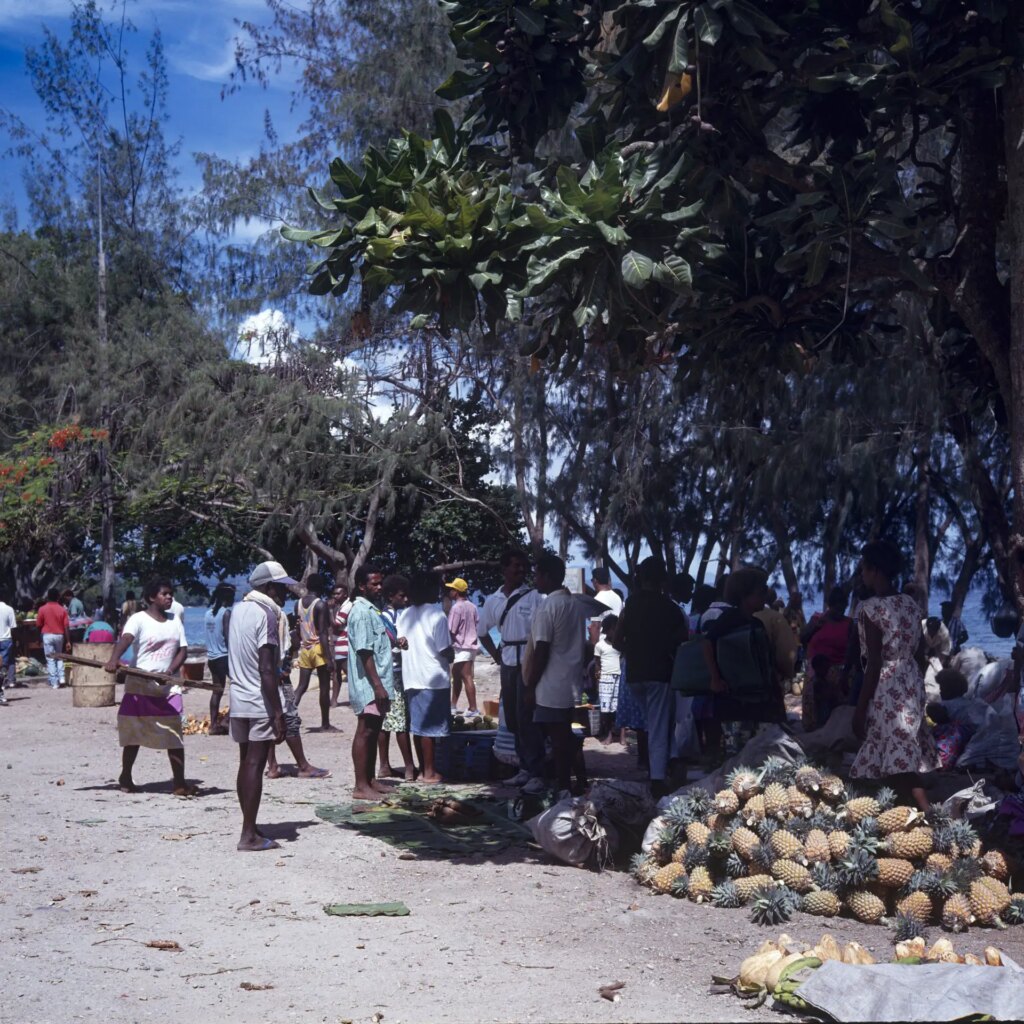
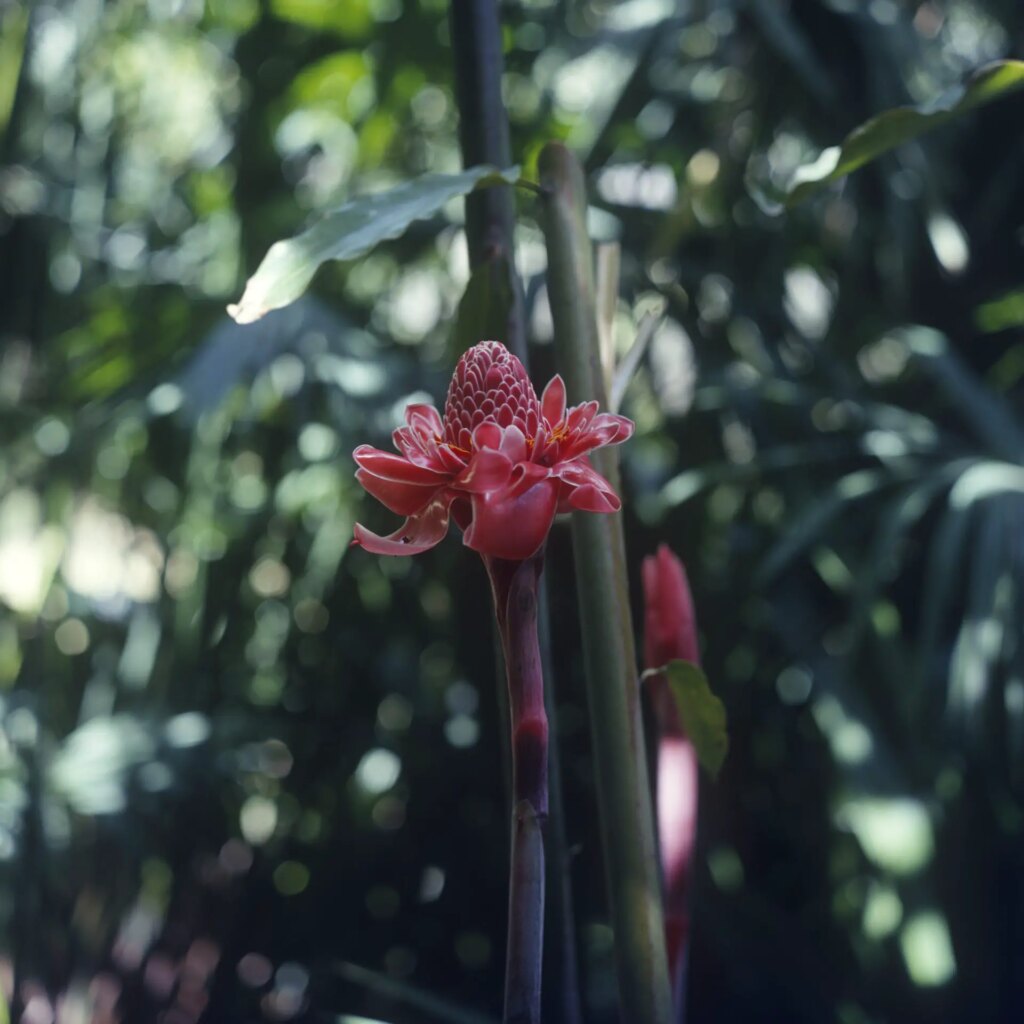
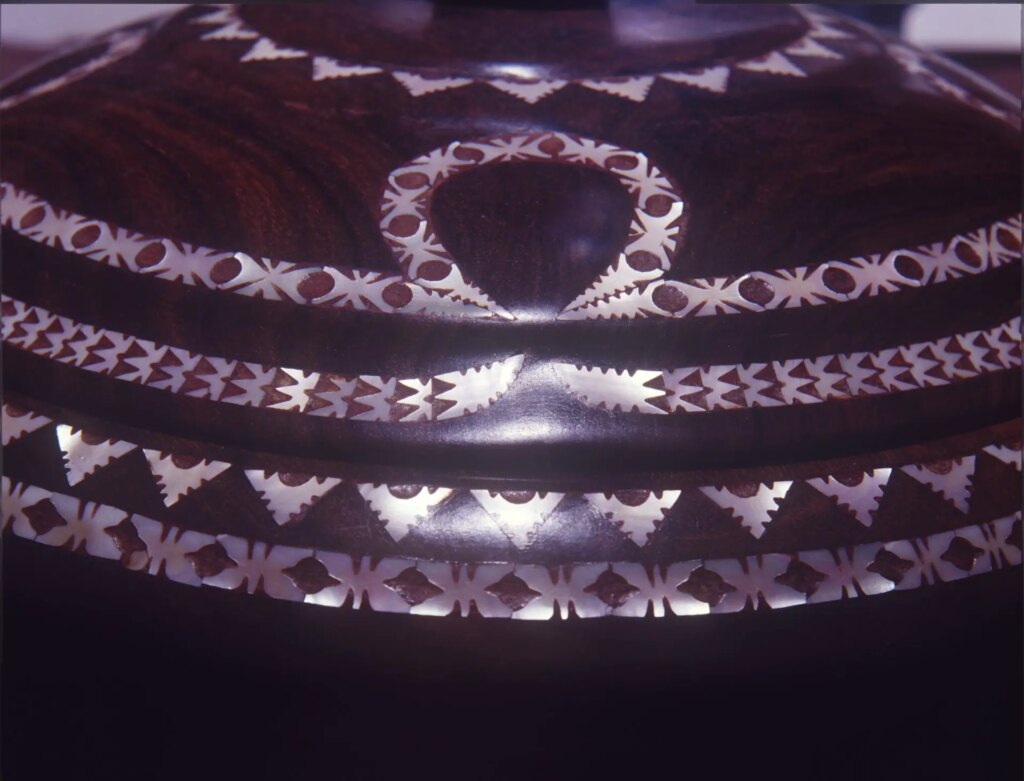
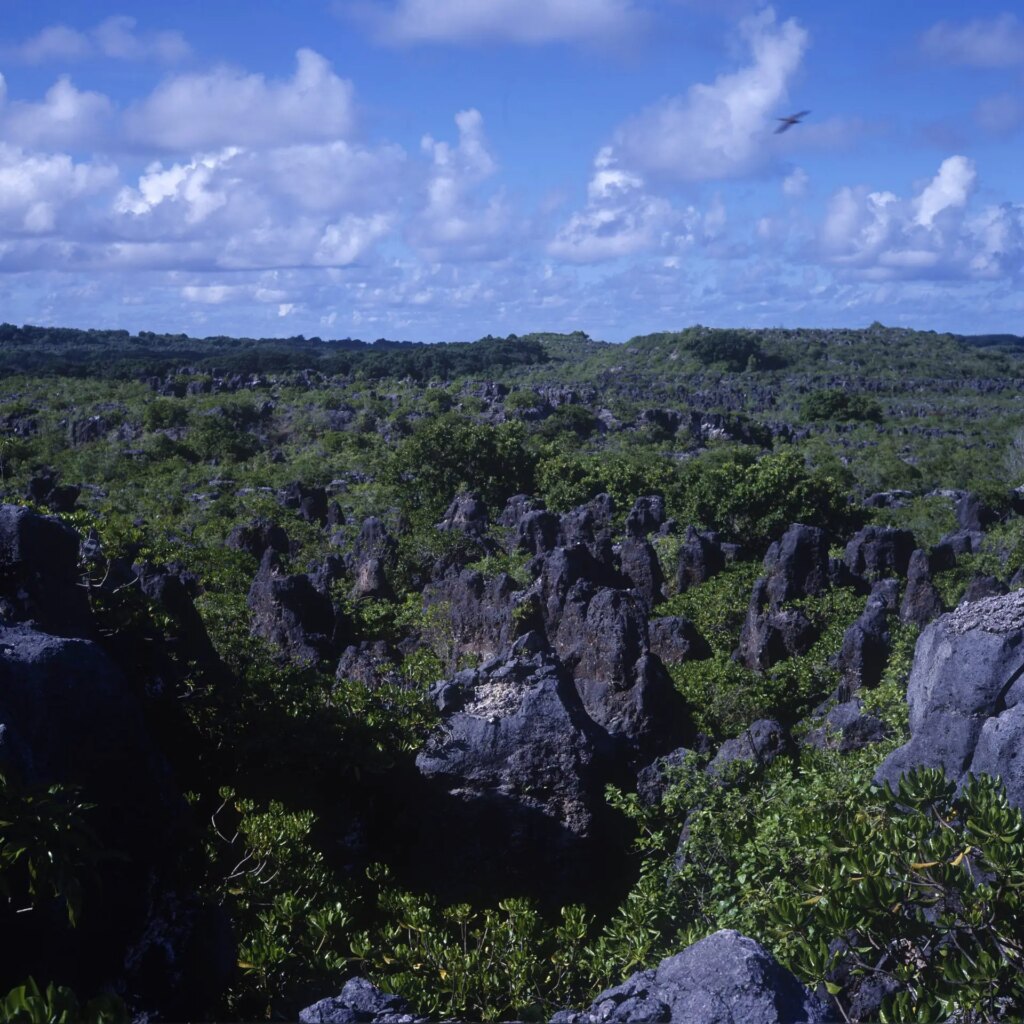
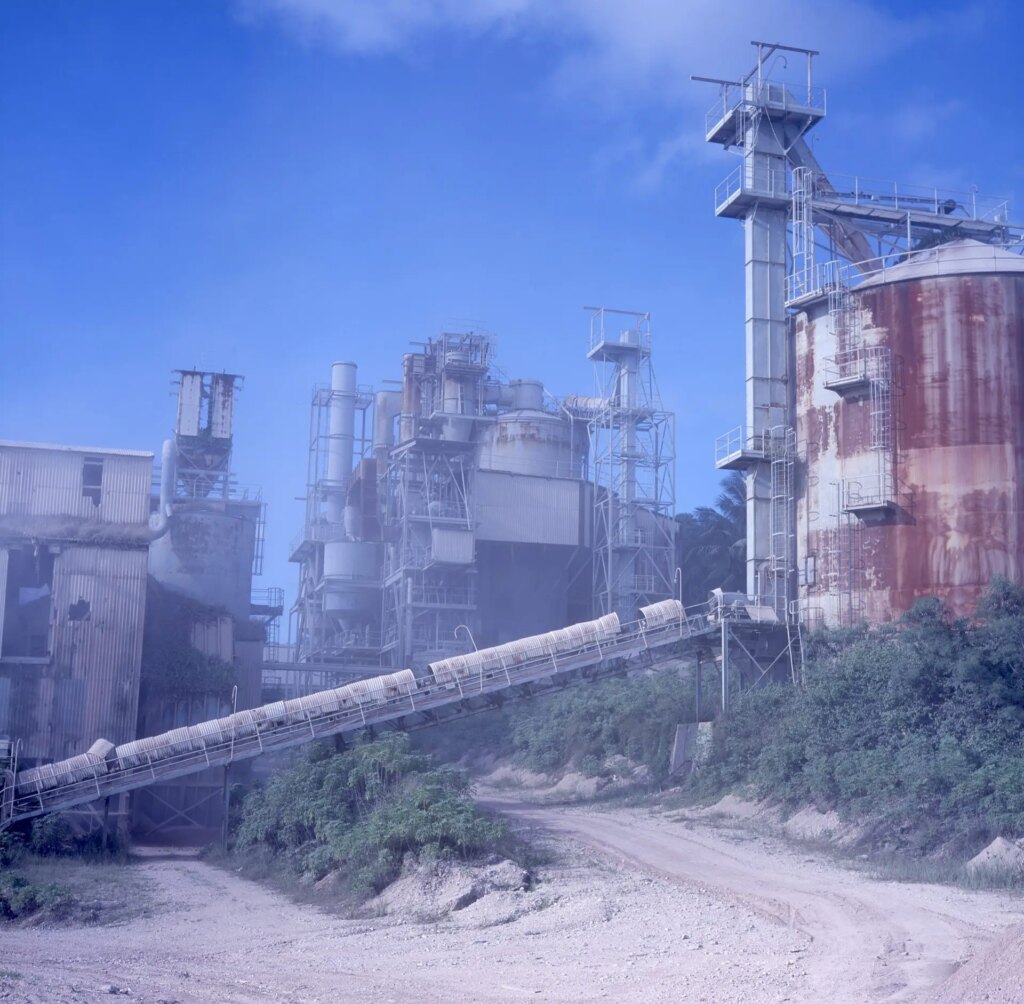

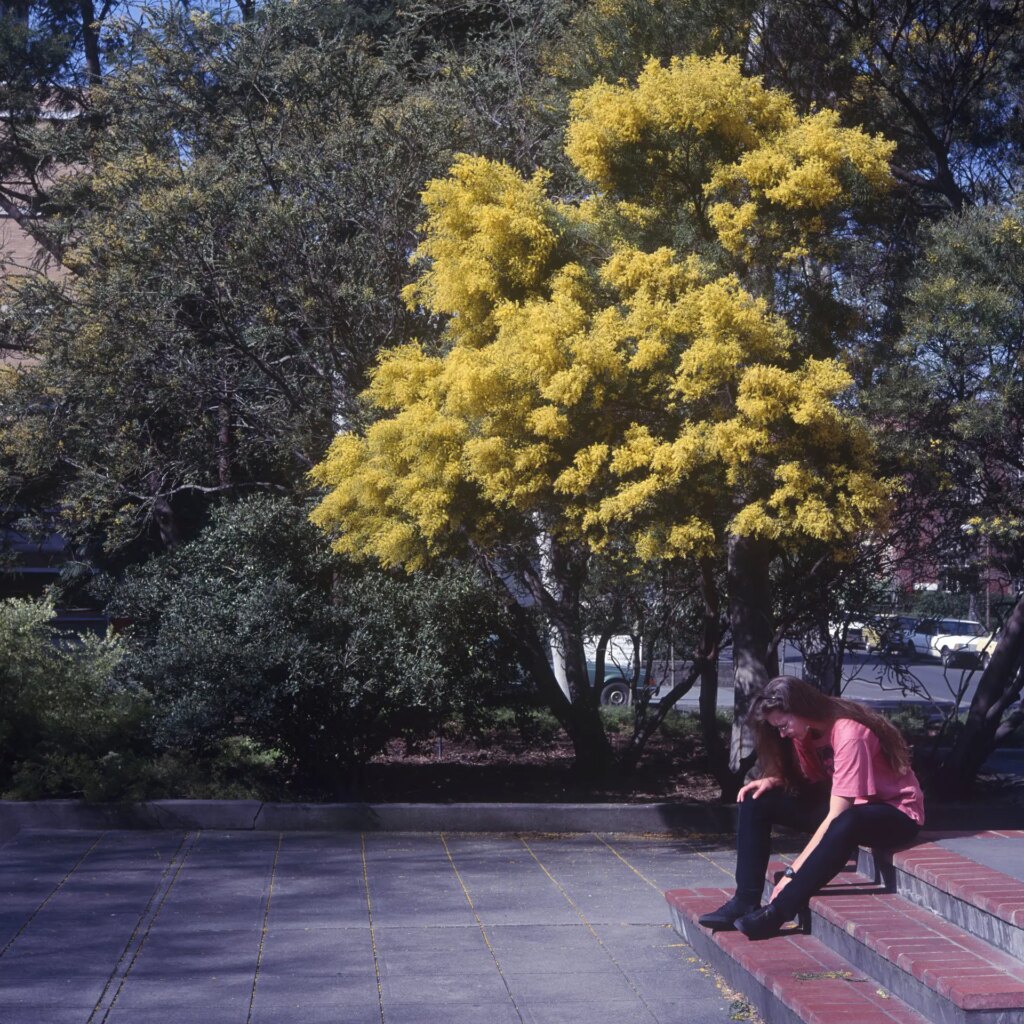
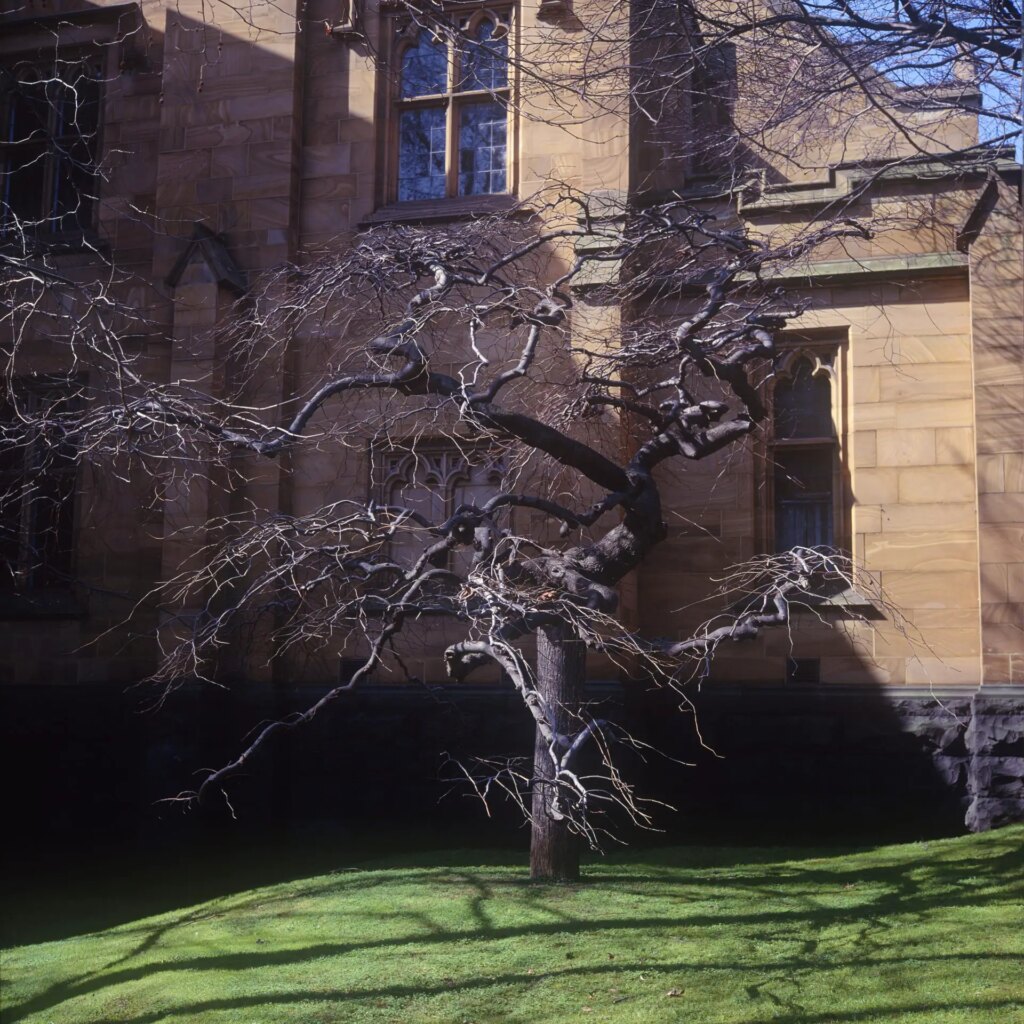
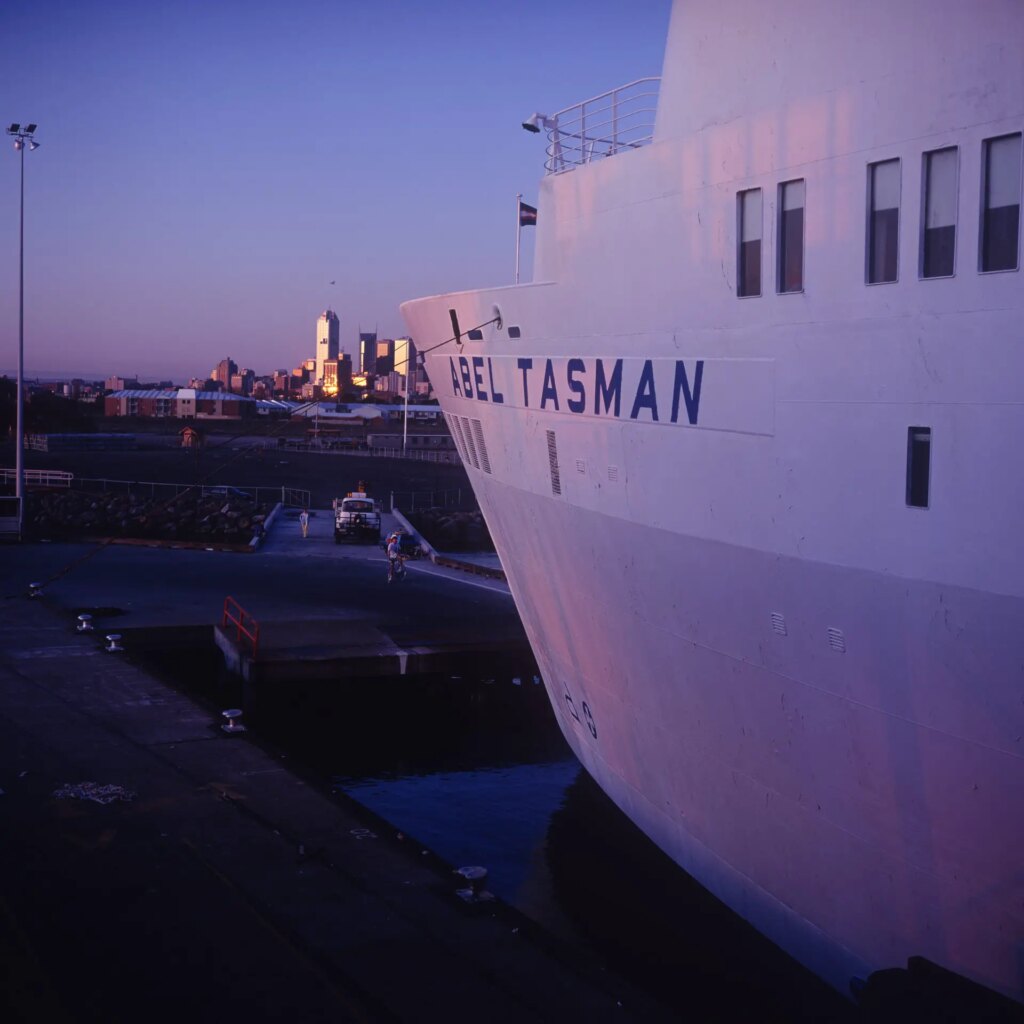
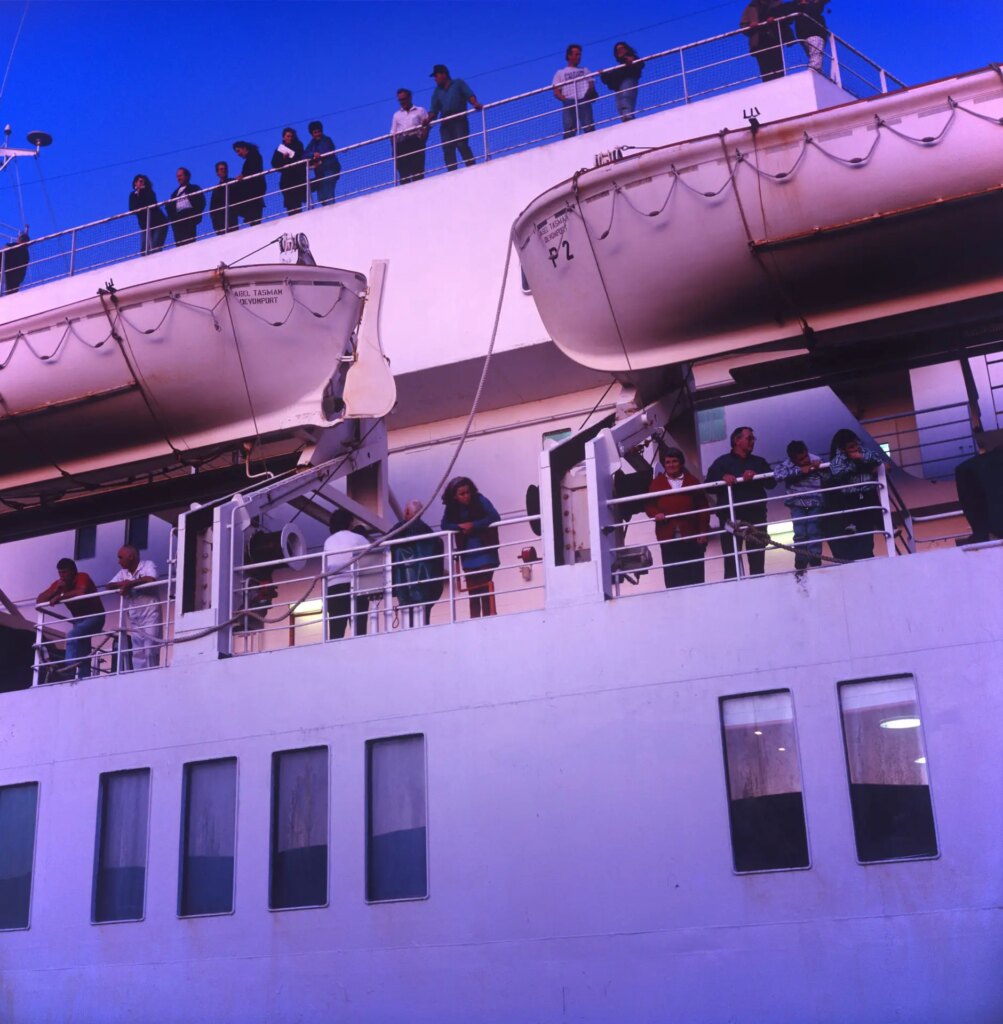
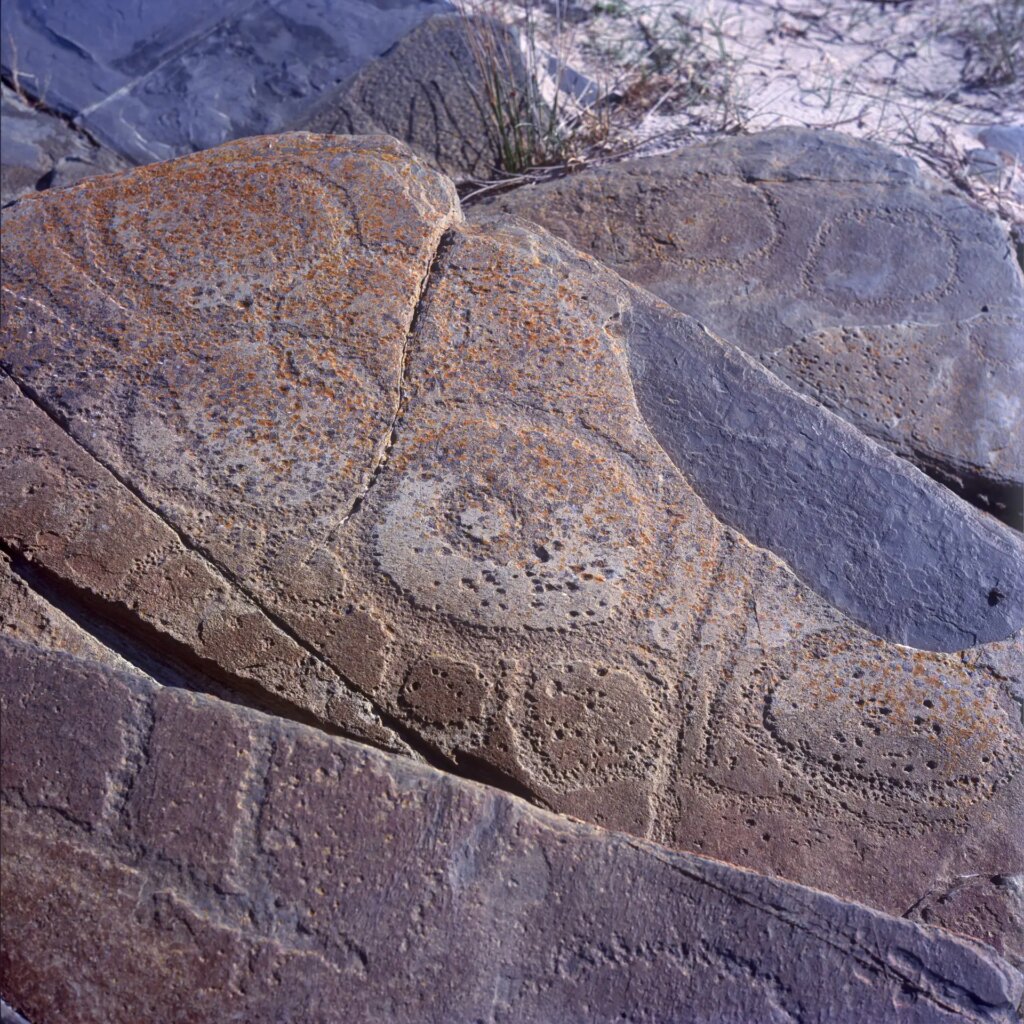
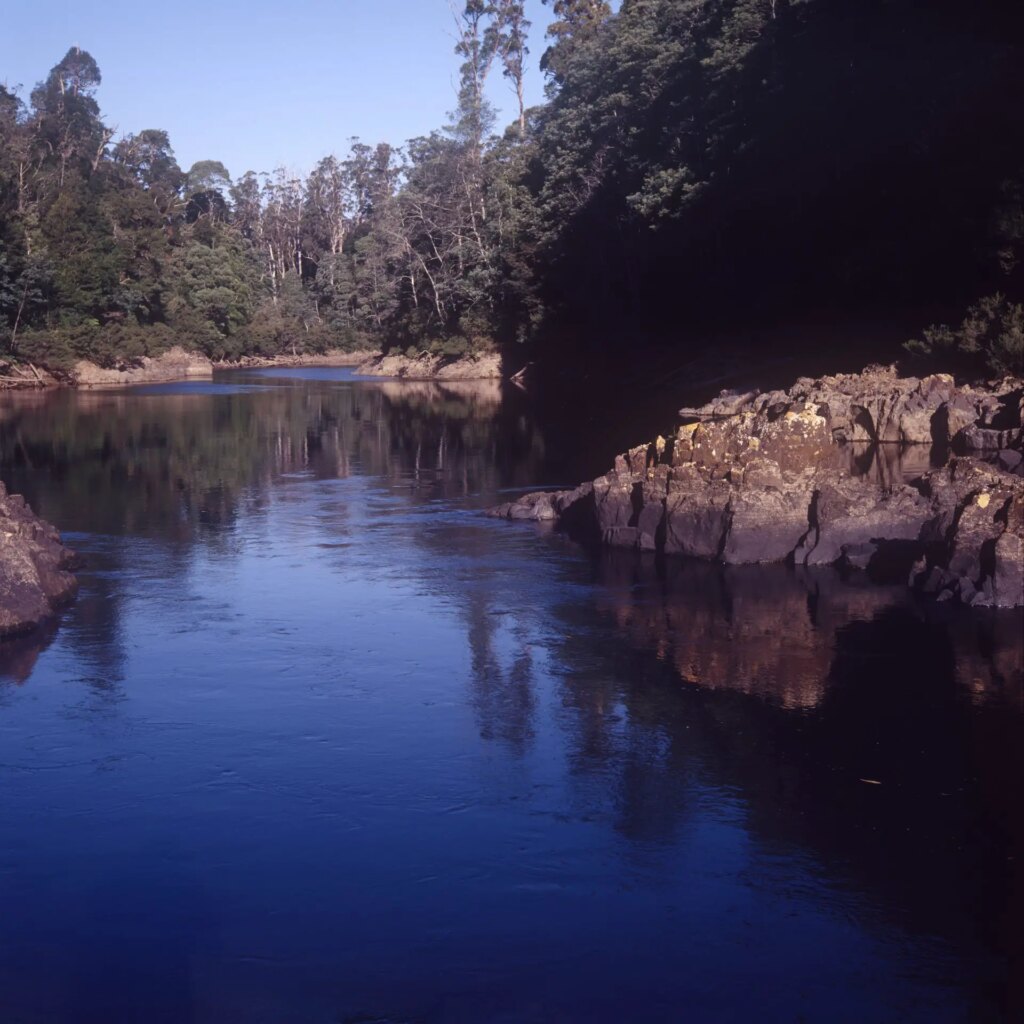
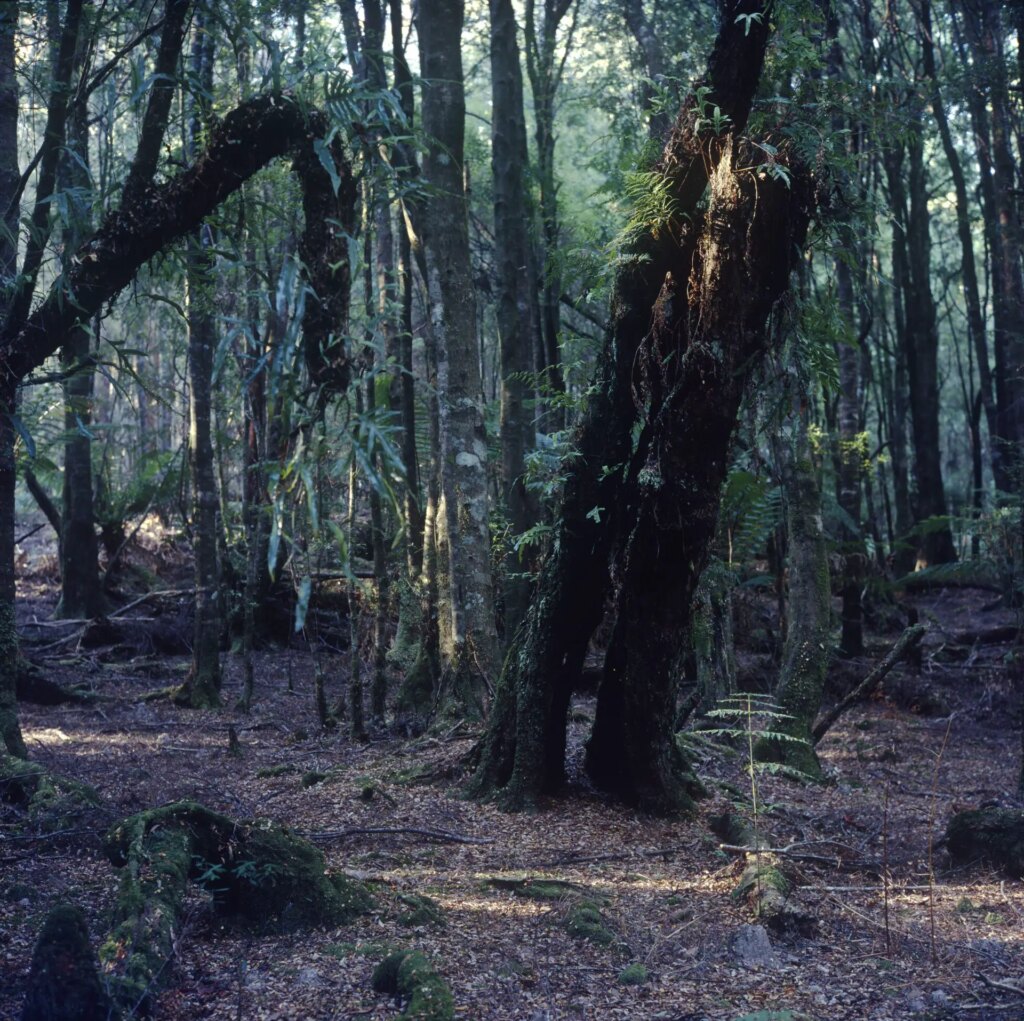
The Rolleiflex 2.8F is a lovely camera and I treasure many of the images I made with it, albeit for a fleeting period. Is this camera’s image quality uniquely sublime enough for me to shell out the AUD4-5k asking price for a good quality example these days. Nope.
I hope you have enjoyed the images. My Flickr page is here.
Share this post:
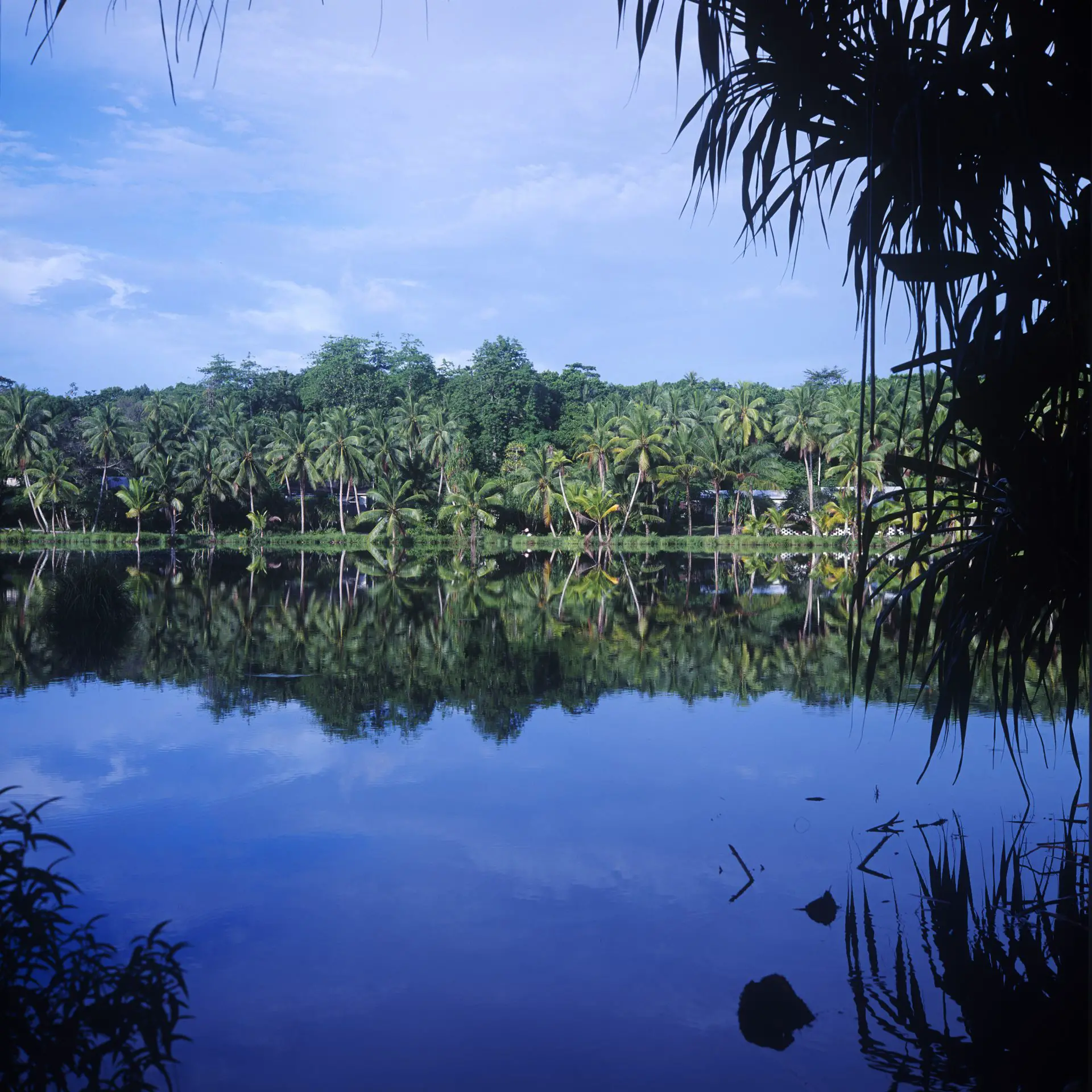



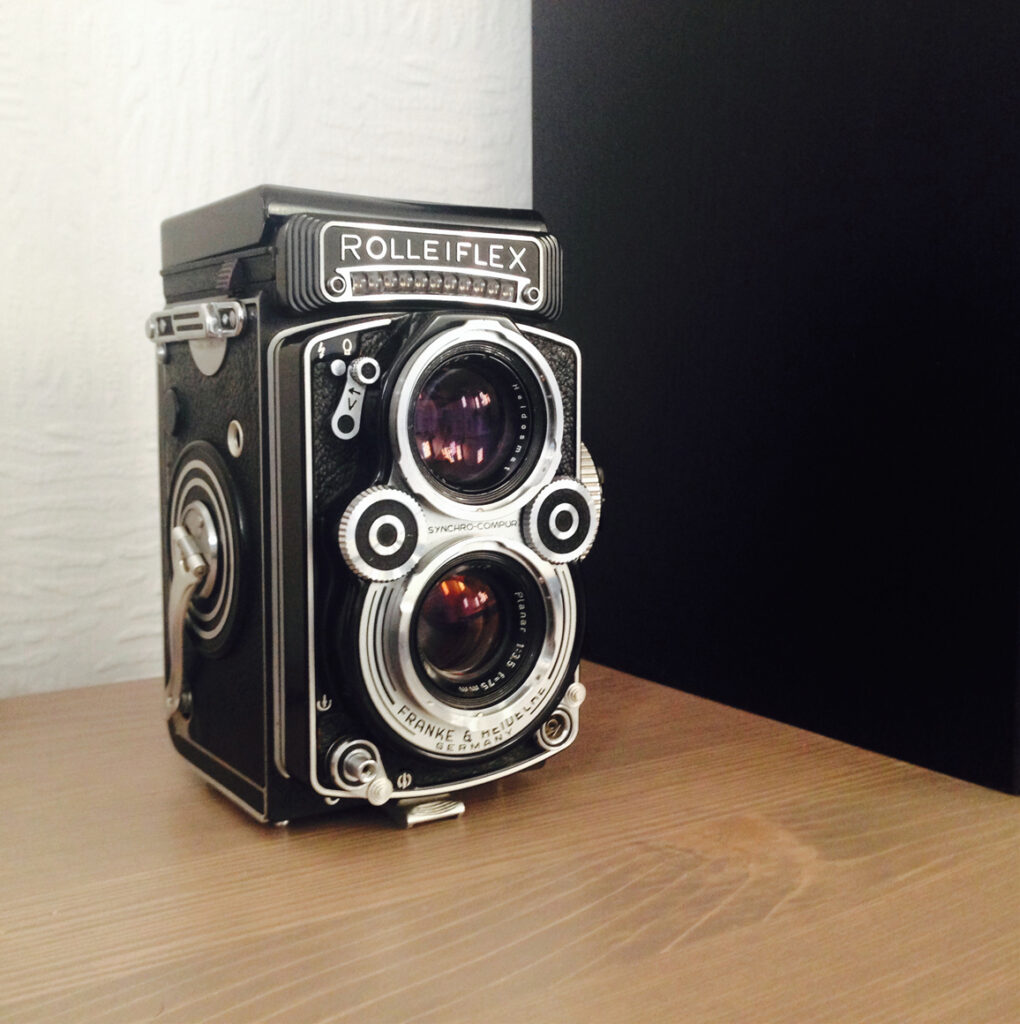




Comments
Ibraar Hussain on Rolleiflex 2.8F – Reflections on a Brief Period of Ownership – by Simon Foale
Comment posted: 09/02/2023
I used to have a 3.5F and really enjoyed it a lot.
Comment posted: 09/02/2023
Julian on Rolleiflex 2.8F – Reflections on a Brief Period of Ownership – by Simon Foale
Comment posted: 09/02/2023
Comment posted: 09/02/2023
Stefan Wilde on Rolleiflex 2.8F – Reflections on a Brief Period of Ownership – by Simon Foale
Comment posted: 09/02/2023
thanks for this lovely post! I like the image of the ginger flower and the one with Catherine under the umbrella best! I think you have real mastery of the square format!
I have a 2.8 F and I love it above all my other cameras. But that is not because the Planar is "the best" or supposedly better than some other lens. Although I fully understand the joy of tech discussions, I can't really see the point of these comparisons. The Rolleiflex is a fifty to sixty year old machine and I am happy to admit that newer gear from a reputable brand such as Mamiya is probably superior in one way or the other. It'd better be, what else would be the point of all that R&D? What I love about the Rolleiflex is not its "superiority" above anything else but the whole experience of this particular thing from a particular time in the past that I happen to relate to. It is completely subjective. And that's the great thing about this strange obsession with old film cameras. You can pick whatever you can relate to.
Thanks again and cheers!
Comment posted: 09/02/2023
JK Lockwood on Rolleiflex 2.8F – Reflections on a Brief Period of Ownership – by Simon Foale
Comment posted: 09/02/2023
Comment posted: 09/02/2023
David Dutchison on Rolleiflex 2.8F – Reflections on a Brief Period of Ownership – by Simon Foale
Comment posted: 09/02/2023
Comment posted: 09/02/2023
Nick on Rolleiflex 2.8F – Reflections on a Brief Period of Ownership – by Simon Foale
Comment posted: 09/02/2023
Regarding the Tarkine, I feel I must clarify your comment. *Some* of the Tarkine rainforest is thought to be a post-Colonial landscape in terms of age. From what I understand this is mostly in the Surrey Hills area. *Much* of it is much, much older. A grove of Huon Pine was recently found on the Wilson River that is estimated to be up to 2000 years old.
Comment posted: 09/02/2023
Ian Gillett on Rolleiflex 2.8F – Reflections on a Brief Period of Ownership – by Simon Foale
Comment posted: 12/02/2023
I do not (currently) subscribe to 35mmc.com and so found it somewhat intriguing that the numerous pop-up adverts scattered throughout this item were all from a company advertising home security - ironic or targeted advertising?
Comment posted: 12/02/2023